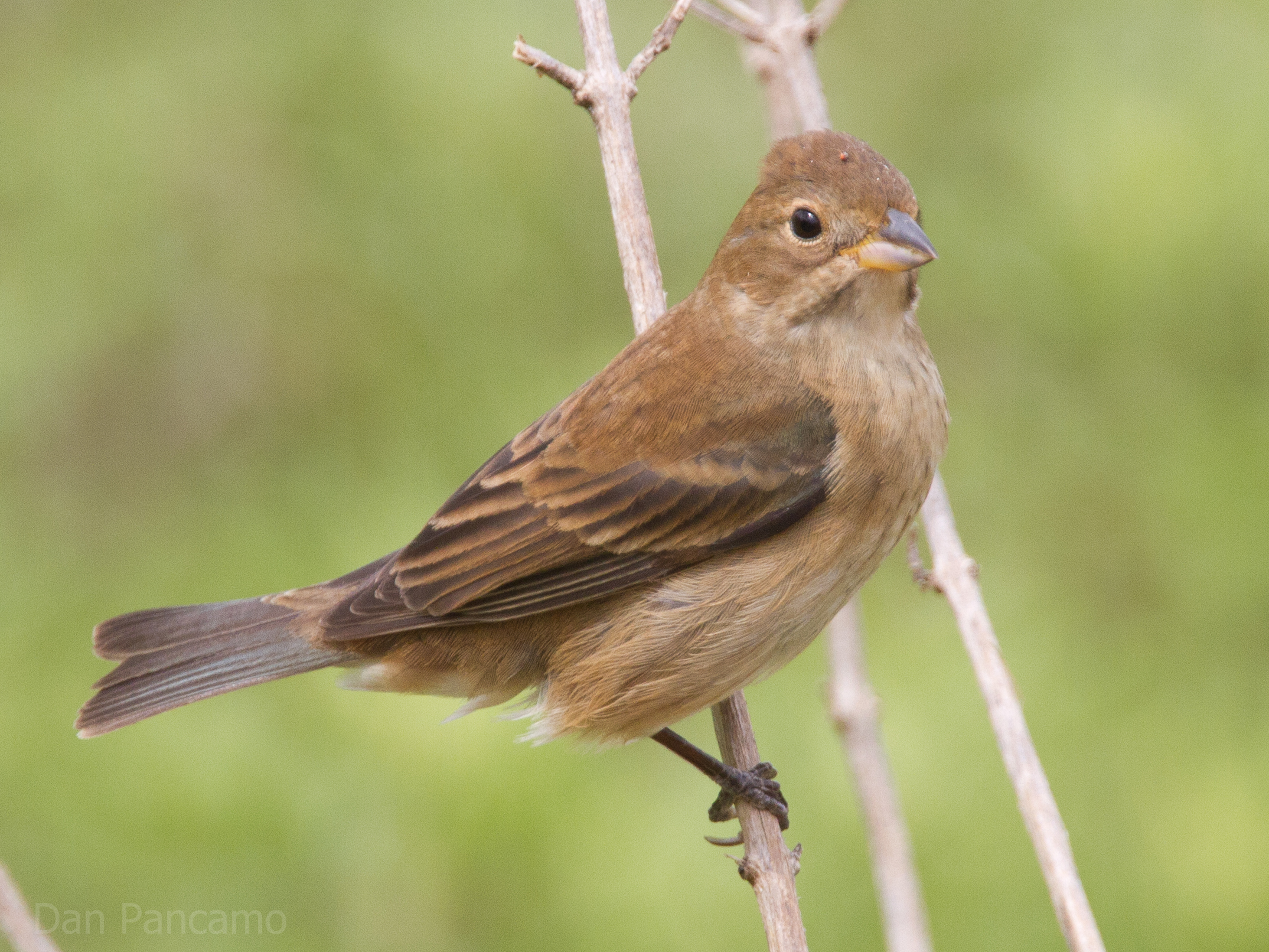Blog

#bioPGH Blog: Indigo Buntings
 A resource of Biophilia: Pittsburgh, #bioPGH is a weekly blog and social media series that aims to encourage both children and adults to reconnect with nature and enjoy what each of our distinctive seasons has to offer.
A resource of Biophilia: Pittsburgh, #bioPGH is a weekly blog and social media series that aims to encourage both children and adults to reconnect with nature and enjoy what each of our distinctive seasons has to offer.
A streak of vibrant blue flashed across the clearing of trees, but then quickly disappeared into the shadow.
“It should be right there in the branches.”
We strained our eyes to spot a tiny silhouette in the dappled sunlight. This past weekend, I was hiking at Pleasant Valley Park and something beautiful and blue had just swooped through a clearing ahead of us.
“There it is! Indigo bunting!”
Although a relatively common bird, I still love the indigo bunting (Passerina cyanea) — their bright blue is so…magical. Have you seen any of these vivid neighbors about?
Even though they appear to be bright blue (more on that later), indigo buntings are actually in the bird family Cardinalidae, with, you guess it…our bright red cardinals! Despite the differences in their bright, primary-color plumage, indigo buntings and cardinals share a number of other traits with their “cousins,” such as short, stout beaks and distinctive a tendency for males to be brightly colored while females are more camouflaged. Female and immature male indigo buntings sport a more subdued brown-gray combination that helps keep them hidden (especially the females who largely raise the offspring), while mature males attract attention with their bright colors.

Image: Wikimedia user Dan Pancamo, CC-BY-SA-2.0
However, unlike Northern cardinals, indigo buntings are not actually the vibrant color that they appear to be; even the mature breeding males are actually…brown! Part of why we lost sight of the bird last Sunday is it flew into the shade, so we were no longer looking for a pop of blue. We were looking for a darker brown-gray color. The electric hue of male indigo buntings actually comes from tiny microscopic air “bubbles” in their feathers. When in sunlight, these “bubbles” reflect light back in the radiant shades of their namesake making them appear blue. As an aside, this concept of color being based on the structure of something, in this case the feather, as opposed to a pigment, is called structural coloration; a number of birds, butterflies, even some fruits and sea creatures derive their colors from structural coloration as opposed to pigment colors.
Beyond the blue, indigo buntings are known to be birds of a varied appetite, taking advantage of insects, fruits, seeds, spiders and a variety of seeds. They will even eat leaf buds and twigs in the absence of preferred food sources. They also will utilize a variety of foraging locations to seek out food, from the forest floor to the canopy.
Indigo buntings also have quite an energetic song, as you can hear in the video below:
The next time you’re out for a walk near a forest, keep an eye out for a flash of blue. They tend to be found near the edge of forests and shrubby habitat rather than forest interior, so be sure to use those pockets of sunlight to your advantage!
Resources
The Cornell Lab – Indigo Bunting
Audubon Society – Indigo Bunting
Photo Credits: Cover, Wikimedia User Dawn Scranton, CC-BY-2.0; header, Pexels, public domain

